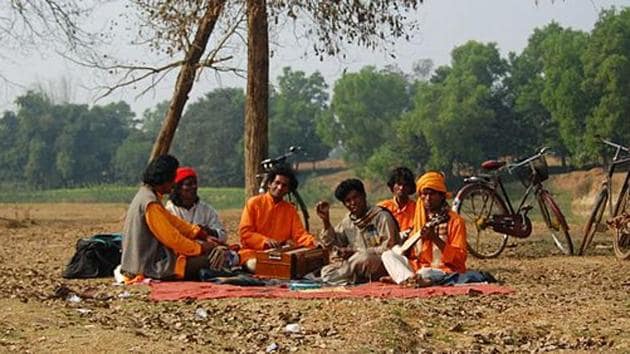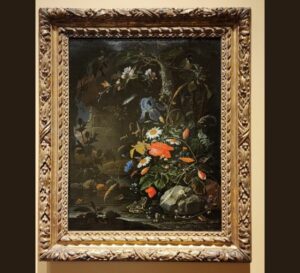We know of common errors. There are words that confuse us. The words environment and the ecosystem have a subtle difference that we often overlook. Conservation is essential but it relates to not just the trees and the bees but human conservation too. Environment conservation includes animals, both marine and land, forests and greens, the air we breathe and to a great extent the Humans and their habits of happiness and peaceful existence.
Ecosystem is described as “a geographic area where plants, animals, and other organisms, as well as weather and landscape, work together to form a bubble of life. Ecosystems contain biotic or living, parts, as well as abiotic factors, or non-living parts”. Humans are an integral part of our environment. The U.N. describes it thus – Environment is a set of beliefs, practices, customs and behaviours that are found to be common to everyone that is living within a certain population.
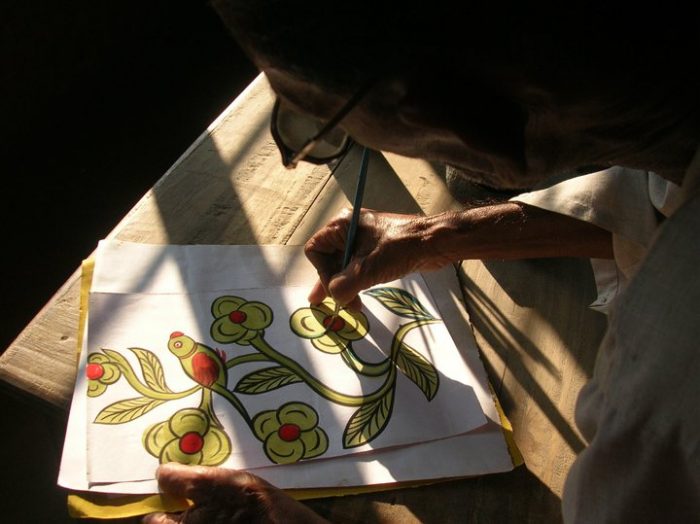
How can we expect to preserve the environment if the vital component – the human beings live without their ‘customs and behaviour’? They’ll be as good as robots. The World Bank began to turn towards alternative development agendas, most notably environmentalism.
The Capabilities Approach
The work of India’s Nobel Prize winning economist Amartya Sen provides (to the World Bank) an alternative methodology for evaluating development progress. Sen has roundly criticized strictly “empirical” data-driven indicators of development and progress. In their place, he has proposed what he refers to as the ‘capabilities approach’. The capabilities approach attempts to present a far more comprehensive means of measuring developmental advancement.
In order for real progress to happen, capabilities must exist not only within the economic sphere, but within the political and cultural spheres as well. For Sen, the ability to contribute to and consume cultural goods are just as important as the existence of a free market. It is the cultural environment that are considered the most relevant when discussing and evaluating the World Bank’s heritage preservation activities.
Sen’s focus lies heavily on the distinction that has been drawn between economics and the sciences which deal with ‘facts’ as opposed to ethicists and other social scientists who deal with ‘values’ or ‘morals.’
Cultural capabilities may be understood as the ability for an individual to contribute to the processes of producing, consuming and remembrance of cultural roots. One form of cultural capability exists when each individual regardless of age, gender, or race is able to contribute to discourses of heritage, tradition and history.
He offers an approach to development that is rather distinct from most standard methodologies of developmental analysis. Rather than focus exclusively on standard indicators like GDP and per capita income, Sen instead argues that what matters most in development is enhancing the ability for individuals to exhibit political and cultural matters.
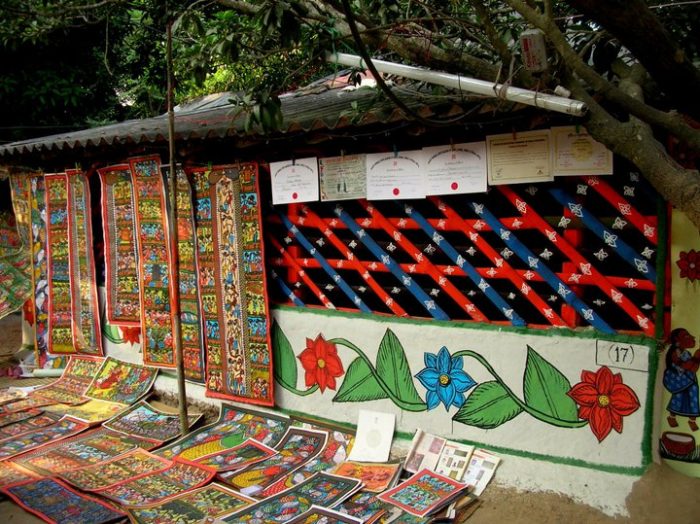
The Nobel Prize winner says “culture could both be a means and an end to development.” How many of us know our own folk dance or folk-song is a question I feel embarrassed to answer myself.
Death of Cultural Heritage & Birth of macro-culture
It indeed is a matter of shame that our cultural heritage is dying a slow and miserable death. Slowly, the traditional forms of art and craft are sinking into oblivion. The grass root folk forms – visual arts, songs, musical instruments, dance forms, artifacts are on the verge of getting completely lost forever. Much of these traditions are handed down to younger generations by their precursors. But the young are migrating to cities in search of work and livelihood, leaving their traditional profession behind. In the process, a rich heritage is dying. In the absence of a concise preservation and conservation effort, there’ll be no trace of them, even in museums.
Globalization has triggered the emergence of a synthetic macro-culture. This synthetic macro-culture is silently engineering the gradual attrition of tribal/ folk art and culture. The twenty first century is marked by the incidence of cultural crisis. It is the era in which many tribal/folk art & cultural forms are either losing originality, or passing into oblivion.
Especially our indigenous cultural exclusivity is getting decimated. Our traditional culture is being replaced by a homogenized and westernized culture which is fomented and fostered by rampant consumerism. Its vitiating influence is destroying cultural identity. The retardation in the growth and development of folk culture has resulted into disastrous consequences like dilution of cultural identity, fragmentation of social-cohesion and finally a negative impact on rural economy disrupting the community structure, social structure, and cultural structure. The entire indigenous culture system is crumbling and there will no longer be any socio-cultural solidarity.
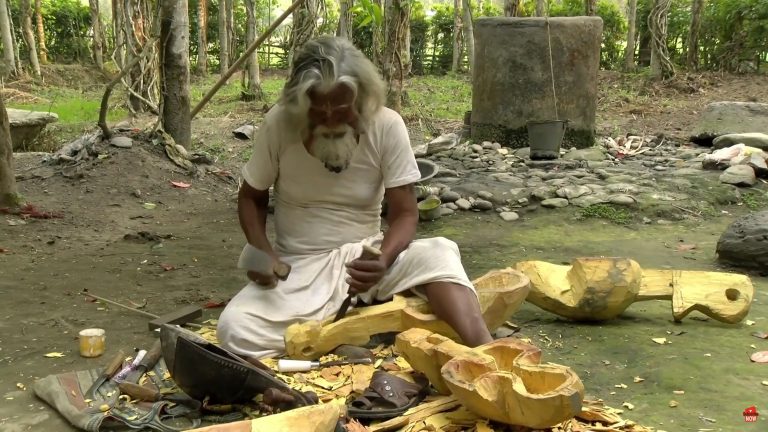
Recognizing the importance of intangible heritage in the cultural matrix of humanity, UNESCO has been campaigning incessantly to save such heritage in various parts of the world. In 1998, UNESCO developed the “Proclamation of Masterpieces or Oral and Intangible Heritage of Humanity” and in October 2003 it formulated a “Convention for the Safeguarding of the Intangible Cultural Heritage”.
Digital Conservation is the Way Forward
The digital platforms have thrown open fresh avenues by which heritage can be saved for posterity and shared with the world. With the Internet becoming accessible to a wide range of public worldwide, virtual museums are the latest happening thing in the heritage circuit.
The book ‘New Heritage New Media and Cultural Heritage’ (2008) states that, technology is gradually changing the modes of cultural preservation and communication. It also identifies digital media as the new platform for conserving cultural heritage. There is clear indication that future generations of online digital heritage collections, especially the intangible ones, will have great impact on preserving cultural heritage. Experts believe that new web technologies could slow down the pace of the decline of cultural heritage.
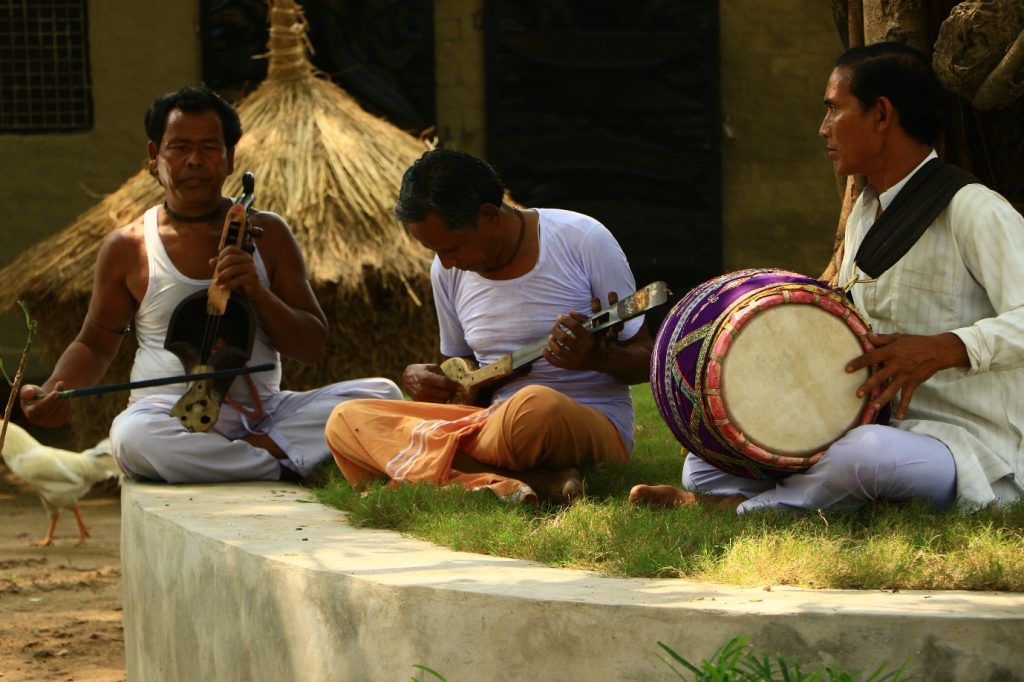
Increasingly journeys to the past will be virtual rather than real. A virtual museum on Bengal’s intangible heritage can scientifically document traditions, create awareness and preserve our heritage. Such a web-based museum is the need of the hour and will comply with UNESCO’s mandate for saving such traditions through ‘Masterpieces of the Oral and Intangible Heritage of Humanity’.
Conserving the Rich Cultural Heritage of Bengal
Bengal is home to many living traditions including music, indigenous crafts, beliefs and skills. Much of this heritage has been passed down from generation to generation through ‘shruti’ (hearing) and ‘guru-shishya parampara’. However, many of the traditional art forms and practices (traditional music, dance, festivals and knowledge craft production, oral traditions and local languages and dialects) are fast disappearing or are being mutated into new forms. There is an urgent need to document and archive this vanishing heritage before it is lost forever. Digital documentation has become one of the most important means of preserving cultural expressions. If we do not start documenting, recording and archiving the folk artists’ work now, it will be too late.
There are 62 identified endangered categories of art covering a minimum of 620 items in West Bengal. My NGO (www.sukritifoundation.org) has been working with the folk artistes for over thirty years now. We were only able to record some songs on old cassette recorders. But the visual depictions are completely getting lost. I appeal to the educated younger generation to come forward and take part in the conservation of cultural heritage.
Images courtesy: Abhijit Dasgupta, Pallavi Banerjee & Wikimedia Commons


